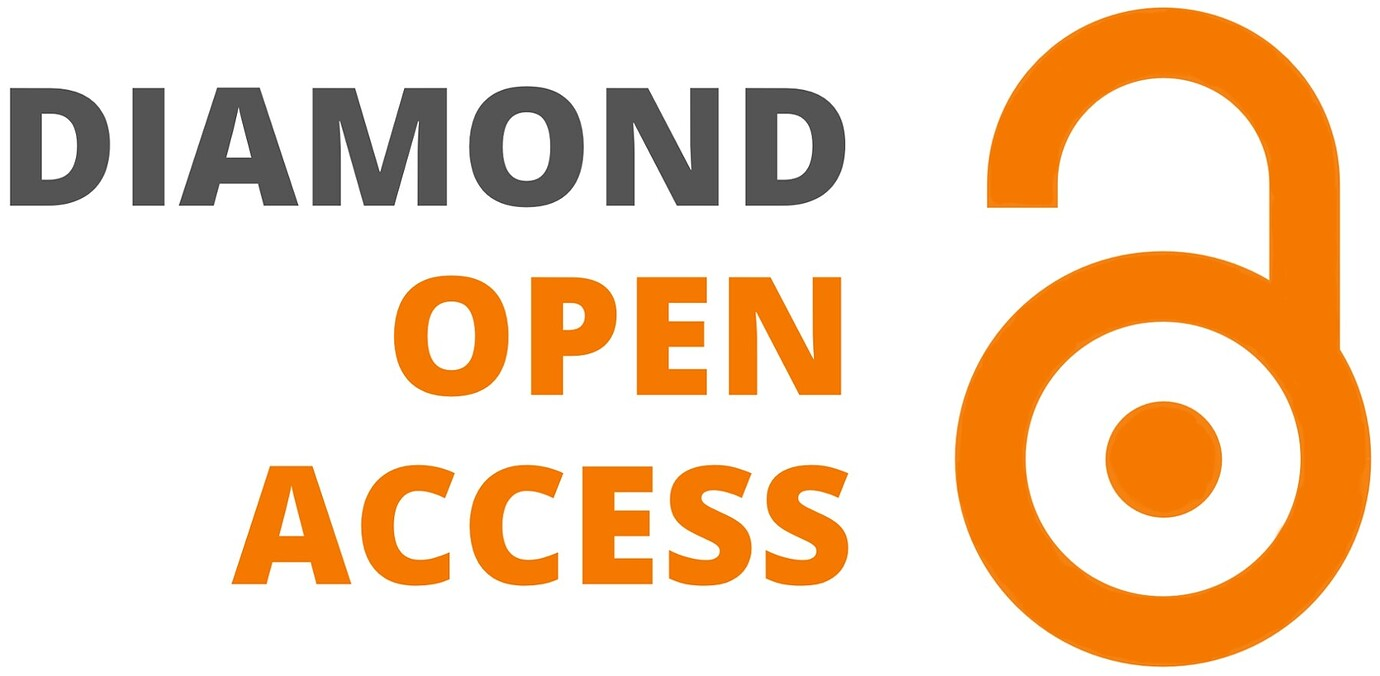What are the links between speechreading and skills in rapid automatized naming and verbal fluencies in no impaired adult population?
Keywords:
Speechreading, Lipreading, Rapid automatized naming, Verbal fluency, Lexical access, Executive functions, Speech TherapyAbstract
Both hearing and deaf people use speechreading daily. Yet there is great variability in speechreading skills from one person to the next. This is very likely to be due to the varied language and cognitive abilities needed for a skilled speechreader. The objective of this study is to show if there are links between speechreading, rapid automatized naming and verbal fluency tasks and to determine what kind of links. Indeed they all are based on rapid lexical access, an organized semantic network and functional mental flexibility. This study has involved 48 normally hearing adults who performed computerized words and sentences speechreading tests, rapid automatized naming tests and both phonemic and semantic verbal fluencies. The statistical analyses show correlations between word-speechreading and some phonemic fluency indexes such as words produced during the first thirty seconds, number of available produced words or number of phonemic switches. Consequently, other studies would be necessary to explore if adding phonemic fluency tasks in speechreading assessment or rehabilitation appears pertinent, in particular to study the first thirty seconds fluency specificities or to hypothesize that the similar correlations can be found in deaf population.




